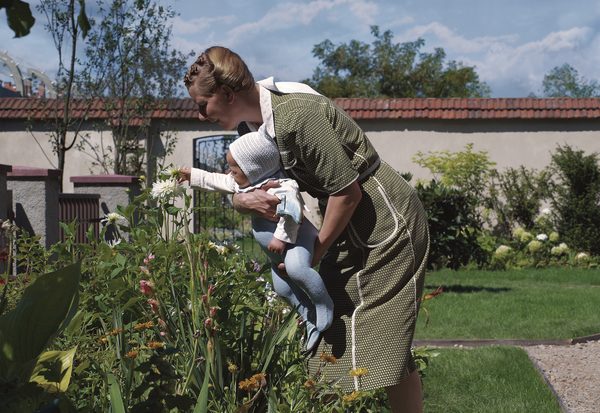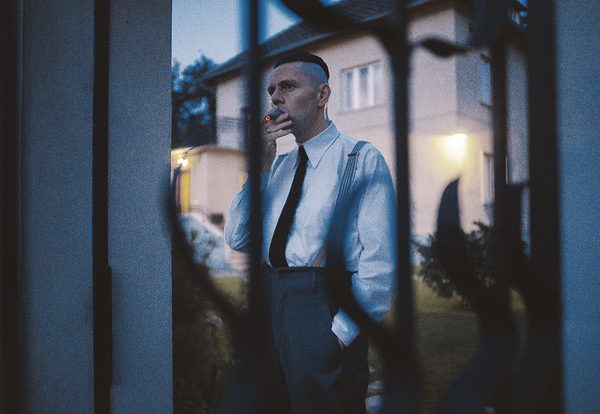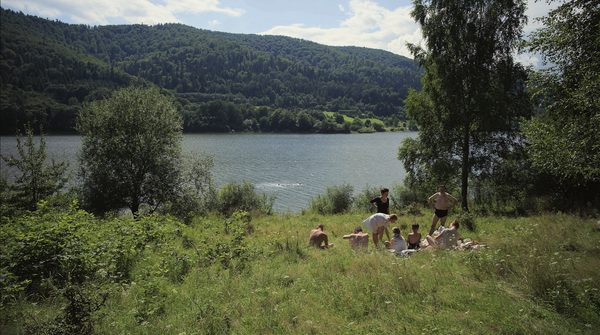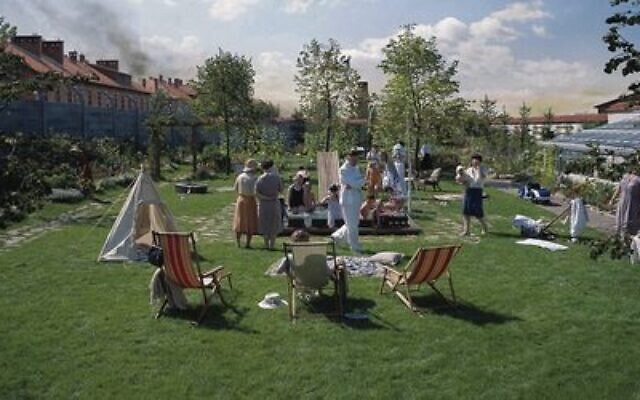The story you hear, but don’t see
In the shadow of the terror attack on Israel last month, a new film by Jonathan Glazer has been screened at the New York Film Festival. But it's not just any film. It's a film about the zone of interest – the area surrounding Auschwitz. Jessica Abelsohn reports.
On one side of a wall, head commandant of Auschwitz, Rudolf Höss and his wife Hedwig live an idyllic life in their villa on the lake. On the other side lies Auschwitz.
Filmmaker Jonathan Glazer said he was drawn to the subject before he read the book by the late Martin Amis, on which the film is based. The Zone of Interest is a fictional portrayal of the life of Höss, showing his family’s efforts to live blissfully unaware of the atrocities their patriarch is inflicting on Jews a short distance away from them.
The film won the Grand Prix at this year’s Cannes Film Festival, as one of several new arthouse films about the legacy of antisemitism that premiered at the festival.
Described by Time Magazine as “a movie about the most haunting atrocities of the Holocaust … about marital companionship, about wanting the best for your children, about following the rules and working hard and feeling that you truly deserve the best in life. It’s about all the things that most people in the world want, entwined with the unspeakable”, The Zone of Interest is hauntingly yet beautifully presented.

While the screams and gunshots are audible from their beautiful garden, the family carries on with its life as though nothing were amiss. Glazer said he wanted to explore how it was possible for the family to live with the horror on their doorstep. In one scene, Hedwig proudly shows the grounds off to her guests, saying, “The Jews are over the wall. We planted more vines at the back to grow and cover it.”
Glazer shot The Zone of Interest on location at Auschwitz, in German and he told reporters at Cannes that he hoped the film adaptation would “talk to the capacity within each of us for violence, wherever you’re from”.
The horror of Auschwitz “is just bearing down on every pixel of every shot, in sound and how we interpret that sound … It affects everything but them,” Glazer told AFP.

“Would it be possible to sleep? Could you sleep? What happens if you close the curtains and you wear earplugs, could you do that?” Glazer told AFP. “Everything had to be very carefully calibrated to feel that it was always there, this ever-present, monstrous machinery.”
The disturbing film is all the more uncomfortable to watch as it is shot in a realist style, with natural lighting and none of the frills or glossy aesthetic typical to a period drama.
According to Deadline, Glazer intended to make a film that wasn’t “safely in the past”. While it shows something that happened 80 years ago and which, in theory, audiences could feel distance from, it is actually designed to leave audiences feeling a tad unsafe.

“To see our similarities with the perpetrators, rather than similarities with the victims,” Glazer explained.
While mass murder is happening just out of frame, audiences see the beauty around the concentration camp. Evidence of the atrocities happening on the other side of the wall are provided through the occasional crackle of gunfire and the rising plumes of smoke, the occasional screams. All of which are blatantly ignored by the Höss family.
The movie you can’t see – what’s going on at Auschwitz – was a deliberate decision by Glazer.
“The idea of not showing, not re-enacting, the atrocities or the violence was absolutely mandatory for me … There were two films, the one you see and the one you hear,” Glazer told Deadline.
Sound designer Johnny Burn said the contrast between the two worlds is very clearly done via sound. Telling Deadline that his work began with a lot of research, rifling through documents and witness testimony. This all helped him figure out the sounds that would have been heard in the vicinity of Auschwitz at the time.
“The nature and the river and the frogs, but also the machinery of the camp and the planes that flew overhead, the automobiles, the guns and then of course, the guards the prisoners themselves,” he explained. “We made an enormous document. And that was the kind of Bible to go out and record a library of sound.”
The film has been described as the least traumatic film about the Holocaust ever made because it doesn’t show film two – the one you hear. Rather, Auschwitz is alluded to. While much of the dialogue between the family is mundane, there is the occasional detail about what’s going on over the other side of the wall – plans for a new crematorium for example.
The problems seem far away. Even though the family can see, hear and most likely smell them. And while it certainly steers clear of the traditional Holocaust narrative, Time described it best as “devastating in the quietest way”, before confirming, “It’s a fallacy to think we can put history behind us.”
Fallacy, indeed.
With Times of Israel and JTA
The Zone of Interest will have its Australian premiere at Classic and Lido cinemas on Sunday, November 19 at 3pm. For tickets: jiff.com.au/films/the-zone-of-interest


comments